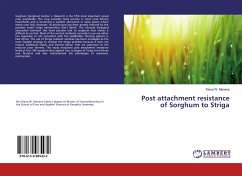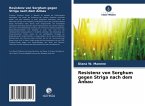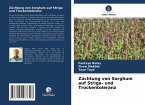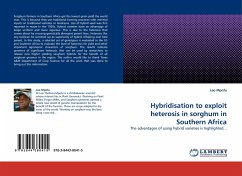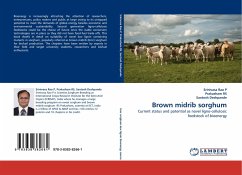Sorghum (Sorghum bicolor L. Moench) is the fifth most important cereal crop worldwide. The crop provides food security in most rural African households and is becoming a suitable alternative in many places where maize crop fails. However, its production has been greatly reduced by the parasitic weed Striga hermonthica (Del.) Benth. The intricate biological association between this hemi parasite and its sorghum host makes it difficult to control. Most of the control methods currently in use are either too expensive or not consistent with the smallholder farming systems in East Africa. The use of Striga resistant varieties has been envisaged as the most feasible strategy to combat the Striga problem because it does not require additional inputs and intense labour that are expensive to the resource poor farmers. This study evaluated post attachment resistance levels of four SRS sorghum lines against four ecotypes of Striga from Kenya and Tanzania and also characterized the phenotypeof resistance mechanisms.

